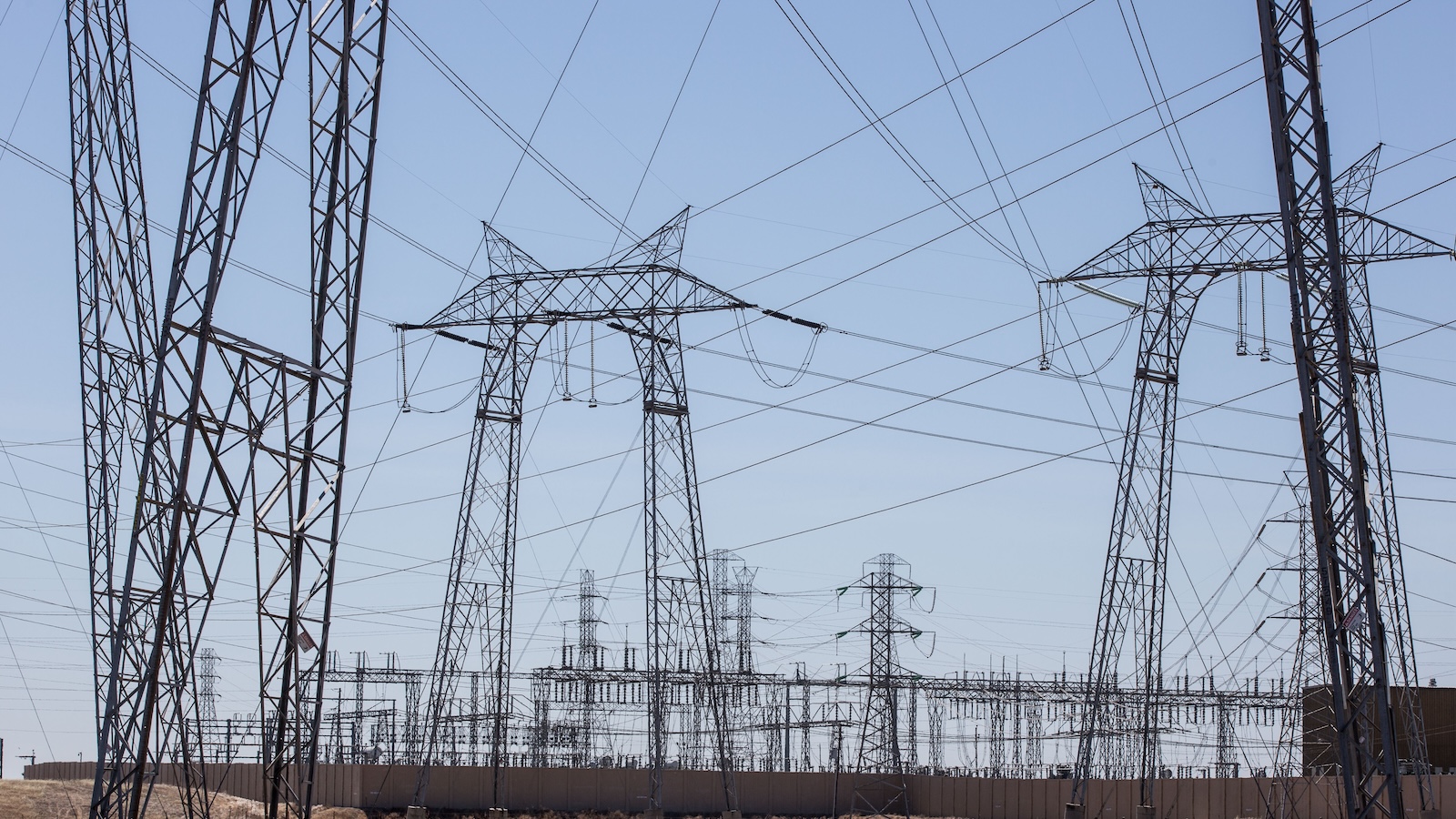The Department of Energy announced on Wednesday that it would funnel $3.46 billion toward upgrading the country’s aging electric grid — marking its largest-ever investment in that part of the United States’ energy network.
The funding, which comes from the bipartisan infrastructure law that President Joe Biden signed in 2021, is intended to prepare the grid for more renewable energy capacity as the U.S. transitions away from fossil fuels, and to prevent blackouts caused by increasingly severe climate disasters.
Between 2011 and 2021, the country experienced a 78 percent increase in weather-related power outages compared to the previous decade. Twenty percent of these outages were caused by hurricanes, extreme heat, and wildfires.
“Extreme weather events fueled by climate change will continue to strain the nation’s aging transmission systems,” U.S. Energy Secretary Jennifer Granholm said in a statement. She added that the new funding would “harden systems” and “improve energy reliability and affordability.”
The new funding targets 58 projects across 44 states that, cumulatively, are expected to leverage $8 billion in federal and private investments in grid expansion and resiliency. Many of these projects involve building new microgrids, groups of dispersed but interconnected energy-generating units that can provide electricity even when the larger grid is down. For example, a solar microgrid involves lots of rooftop solar panels all feeding into a common pool of electricity — usually stored in a battery that serves as a source of backup power during an outage.
The funding will also support the development of several large-scale transmission lines, including five new lines across seven Midwestern states. These lines help carry electricity from place to place, allowing clean energy to be generated in rural areas, where land tends to be more plentiful, and delivered to population centers.
Other projects involve more general upgrades to accommodate greater loads of electricity or improve emergency monitoring systems. Altogether, the DOE says the projects will help bring 35 gigawatts of renewable energy online, equivalent to roughly half of the U.S.’s utility-scale solar capacity in 2022. This will contribute to President Biden’s goal of moving the country’s electricity generation away from fossil fuels by 2035. As of 2021, the power sector accounted for a quarter of U.S. greenhouse gas emissions.
The Energy Department highlighted the selected projects’ commitments under Justice40, a Biden administration initiative that promises to direct at least 40 percent of the benefits of federal investment in infrastructure, clean energy, and other climate-related projects to disadvantaged communities, often defined as those that are low-income or that have been disproportionately exposed to pollution. According to the Energy Department, 86 percent of the projects contain labor union contracts or will involve collective bargaining agreements, and the agency says they will help “maintain and create good-paying union jobs.”
Many of the projects also have a specific focus on improving grid reliability for rural or low-income households. For example, one project in Oregon aims to upgrade transmission capacity and bring carbon-free solar power to remote customers on the Confederated Tribes of Warm Springs Reservation. Another project in Louisiana will create a backup battery system that could reduce energy bills for disadvantaged communities.
Wednesday’s announcement allocates just some of the funds included in the Energy Department’s broader, $10.5 billion Grid Resilience and Innovation Partnerships Program, which is expected to fund more grid resiliency projects in the future.
Meanwhile, experts say funding to upgrade power grids needs to double globally by 2030 in order to facilitate the transition from fossil fuels to technologies powered by electricity — electric vehicles instead of gas cars, for example, or heat pumps instead of furnaces. Otherwise, a report released Tuesday by the International Energy Agency warns that aging electric grids could become a “bottleneck for efforts to accelerate clean energy transitions and secure electricity security.”



